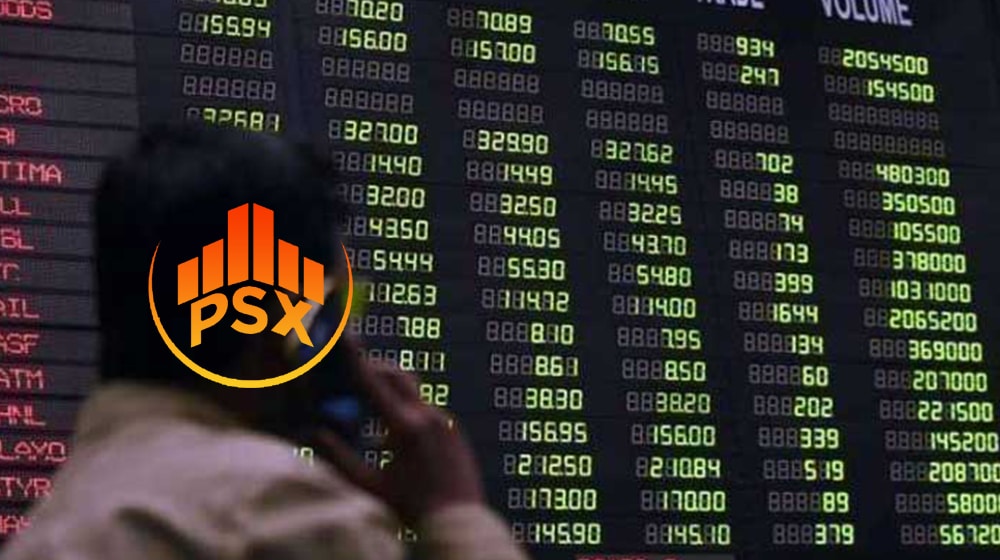Today’s much-anticipated policy rate cut by the State Bank of Pakistan (SBP) is anticipated to have a positive impact on the earnings of at least 13 listed companies on the main stock exchange.
Arif Habib Limited has highlighted that the 150-basis-point rate reduction is expected to benefit five key sectors.
The brokerage firm stated in a concise announcement that the policy rate cut will be favorable for the cement, power, textile, chemical, and auto sectors. Here’s a breakdown of the expected winners and losers:
Winners:
1. Cement Sector: D.G. Khan Cement Company (PSX: DGKC) is projected to experience a 5.8 percent increase in its earnings per share (EPS), while Attock Cement Pakistan Limited (PSX: ACPL) is expected to see a 3.0 percent rise.
2. Power Sector: HUB Power Company (PSX: HUBC) is forecasted to benefit from the rate cut, with its EPS expected to grow by 1.6 percent.
3. Textile Sector: Nishat (Chunian) Limited (PSX: NCL) and Nishat Mills Limited (PSX: NML) are each expected to witness an EPS growth of 12.0 percent and 3.7 percent, respectively.
4. Chemical Sector: Lotte Chemical Pakistan Limited (PSX: LOTCHEM) and Engro Polymer & Chemicals Limited (PSX: EPCL) are expected to see EPS increases of 1.8 percent and 1.6 percent, respectively.
5. Auto Sector: Honda Atlas Cars (Pakistan) Limited (HCAR) and Ghandhara Nissan Limited (GNL) are anticipated to experience EPS growth of 3.7 percent and 3.2 percent, respectively.
Losers:
1. Banks: MCB Bank Limited (PSX: MCB), United Bank Limited (PSX: UBL), and Bank Alfalah Limited (PSX: BAFL) are projected to face declines in EPS by 4.1 percent, 6.2 percent, and 8.1 percent, respectively.
2. Exploration & Production (E&P) Secto: Pakistan Oilfields Limited (PSX: POL) and Oil & Gas Development Company Limited (PSX: OGDC) are expected to see decreases in their EPS by 2.3 percent and 0.6 percent, respectively.
Reduced interest rates are expected to impact net interest income for bank stocks negatively, while E&P stocks may face challenges due to reduced returns on investments and currency volatility in the near future. Additionally, fertilizer stocks are also anticipated to be negatively affected.









